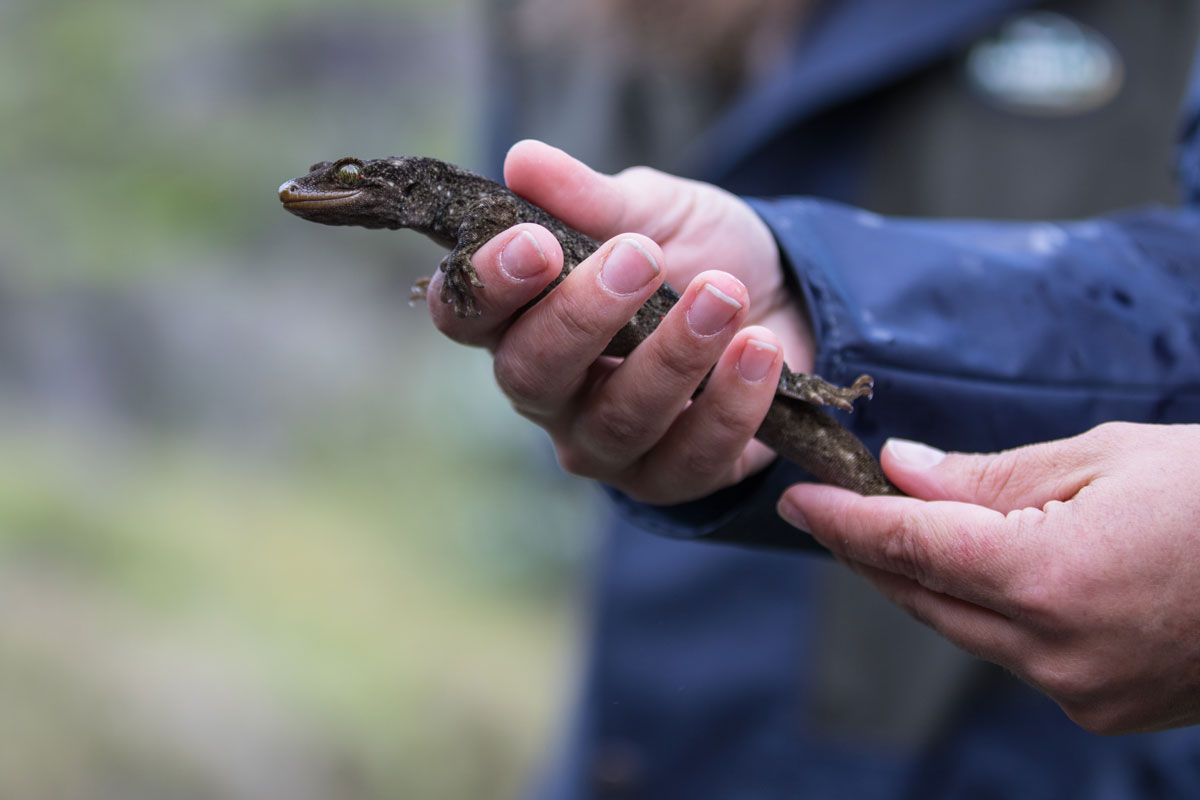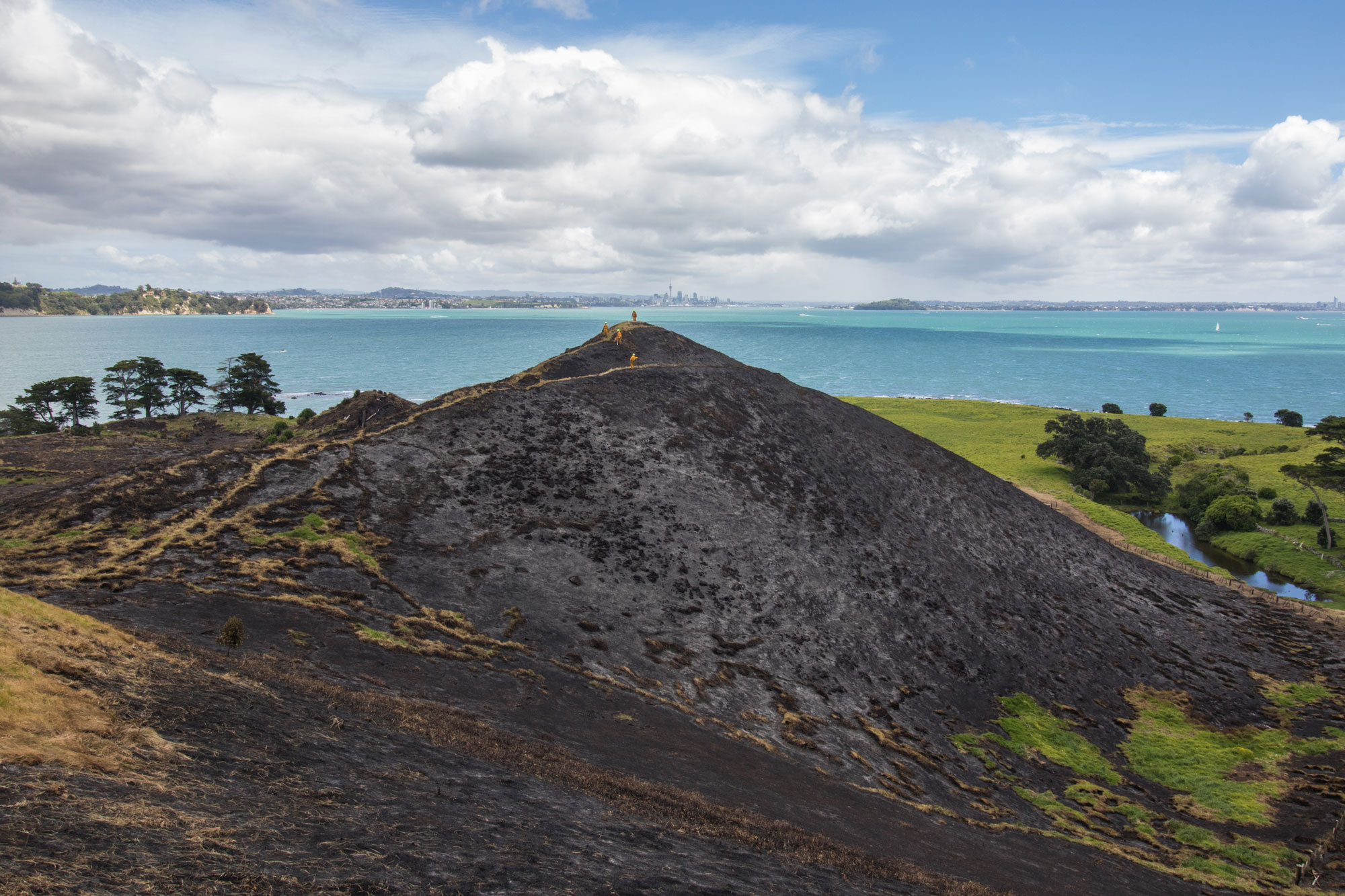This infographic was adapted from a piece of work I just completed for the Industry Pollution Prevention Program (IP3). The landfill problem is huge and scary.
Duvaucel’s gecko return
I was stoked to photograph this historic translocation. For the first time in a century, the Duvaucel’s gecko can now be found in mainland New Zealand thanks to a successful reintroduction of the species into Tāwharanui Open Sanctuary.
Tamaki Estuary Shorebird Census Data Summer 2016
Taniwha St lawns
2 Spur-winged plovers
Dunkirk reserve
6 Spur-winged plovers
Tahuna Torea
5 Pied shags
1 Pied shag juvenile
9 White-faced herons
6 Southern black-backed gulls
5 Southern black-backed gull juveniles
13 Pukeko
16 Mallards
1 Muscovy duck
Point England reserve
126 South Island Pied Oystercatchers
6 Variable oystercatchers
5 Pied stilts
2 Pied stilt chicks
8 Northern New Zealand Dotterel
2 White-faced herons
1 Royal spoonbill
4 Spur-winged plovers
2 Southern black-backed gulls
1 Southern black-backed gull juveniles
27 Pukeko
2 Pukeko chicks
1 Mallard
2 Paradise ducks
Fire on Browns Island
Just after the fire was put out on Browns Island I kayaked over to check on the shorebirds. I went for a short walk and was quite upset by the damage done to the reptiles.
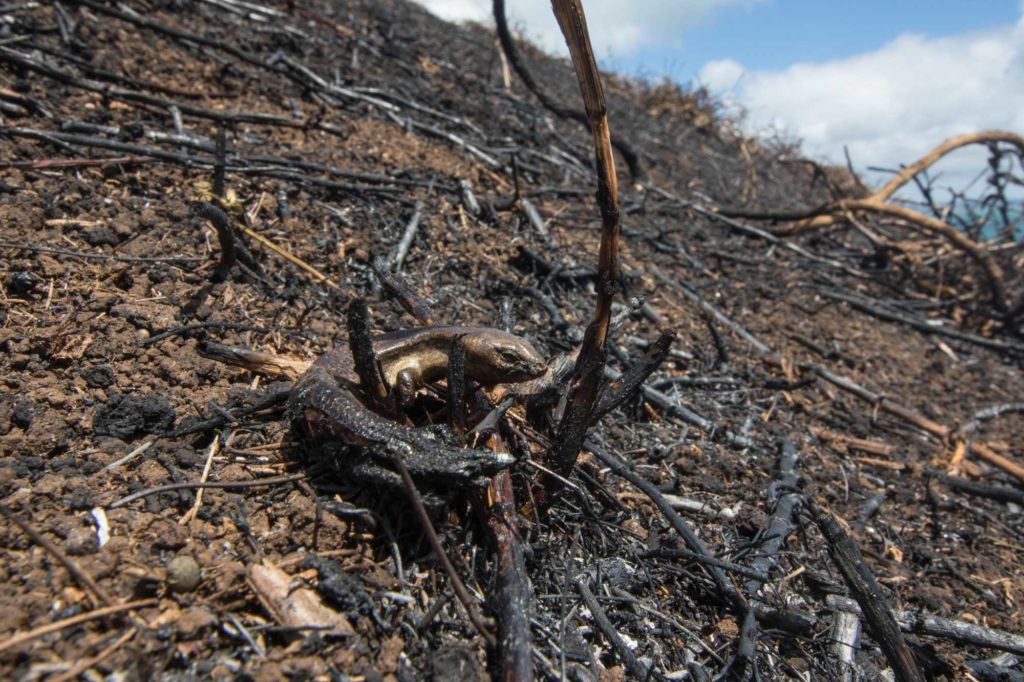
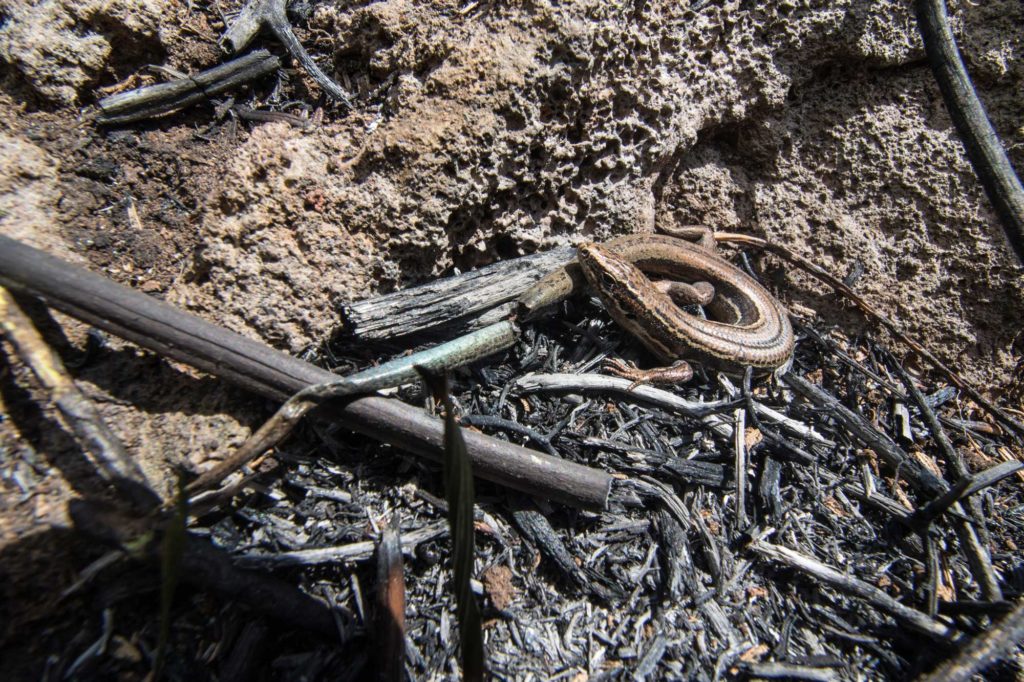
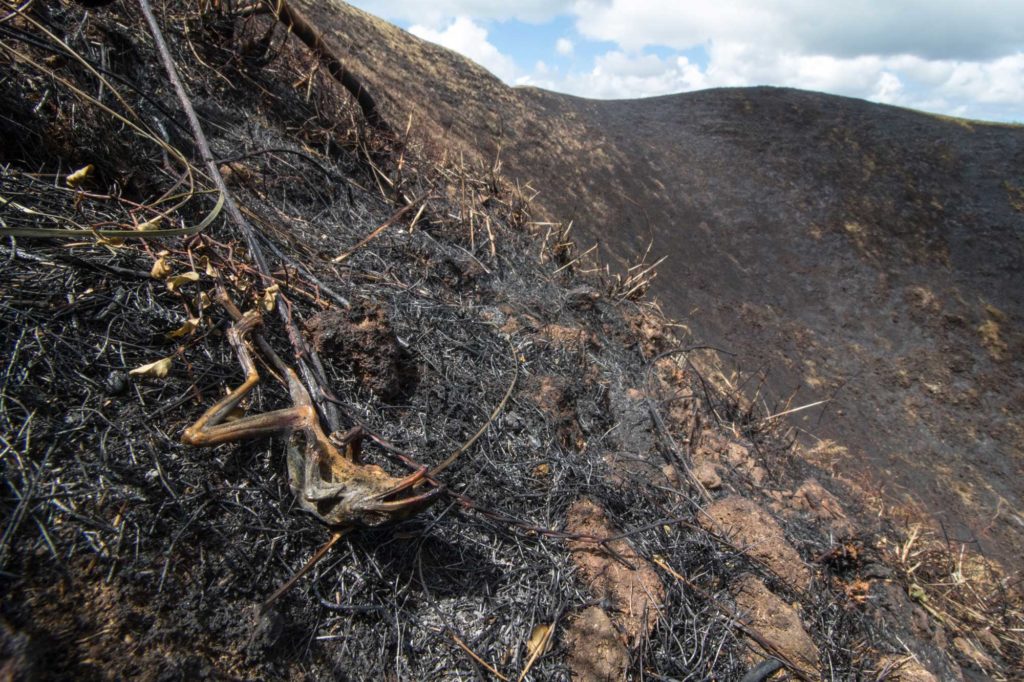
The rest of my photos here. Hopefully some good comes out of it.
UPDATE 30 DECEMBER 2016:
Six weeks later the grass has largely rejuvenated, however without the smothering grass, many seeds that lay dormant in the soil have germinated. Most of the new arrivals are invasive weeds, I saw wooly nightshade, apple of Sodom boneseed and moth plant. However the center of the crater is more interesting. From under the rocks bracken has emerged (how long could it have waited there?) and I think the reptiles will enjoy the extra cover.
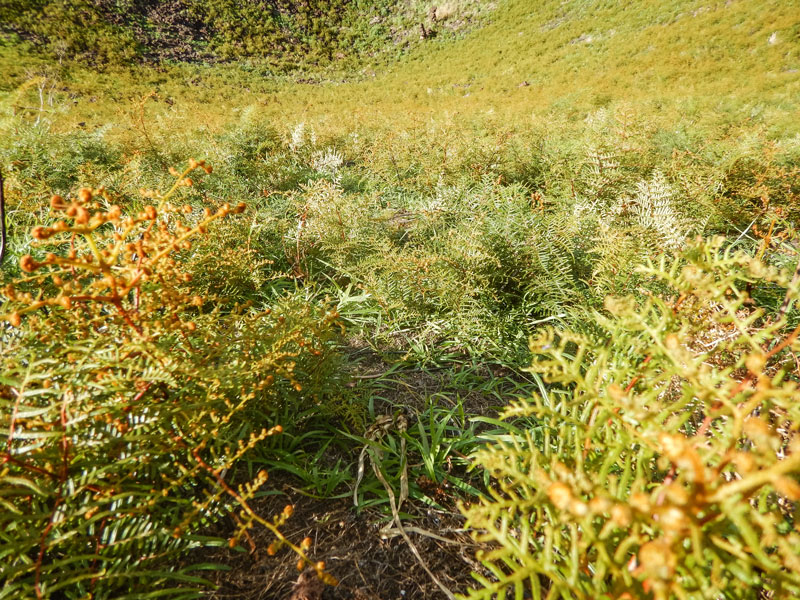
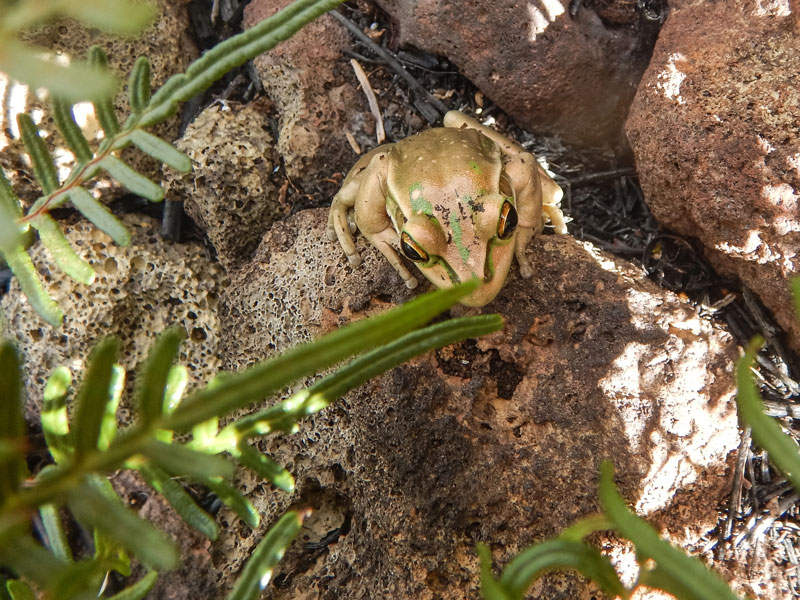
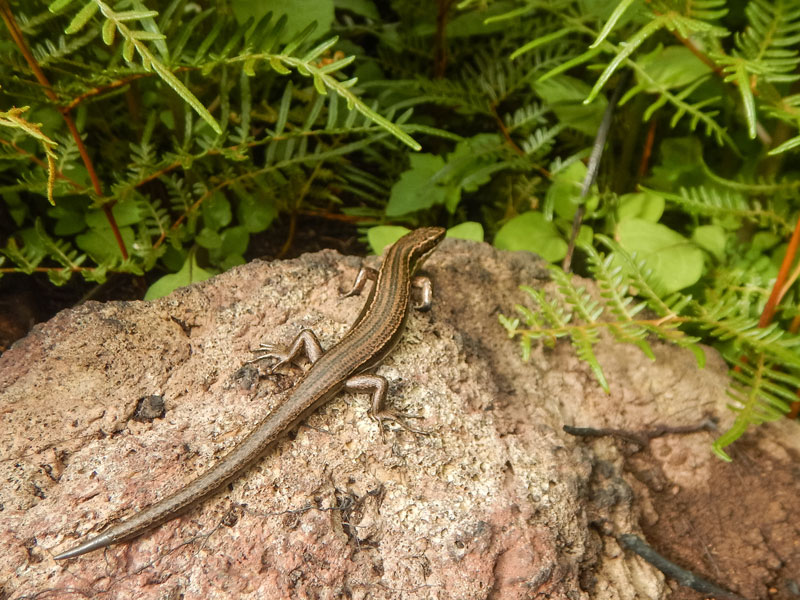
Seacleaners
I had a great day out yesterday with Seacleaners (sponsored by Watercare in Auckland) and Wilkinson Environmental.



Development
I have always assumed when humans ‘develop’ land, some of it ends up in the ocean. I had a look at some of the Glen Innes development in the rain today to see what was going on.
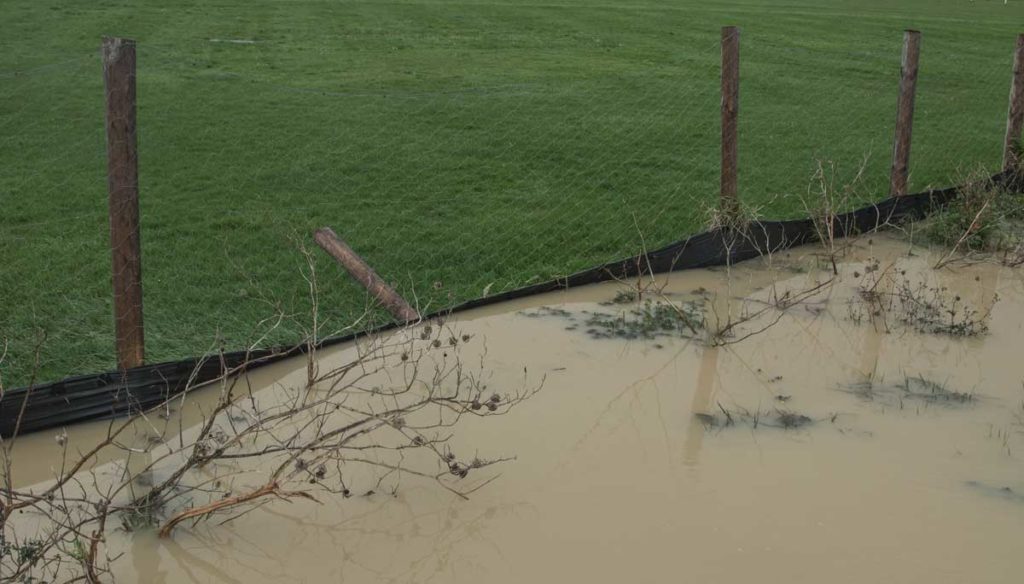
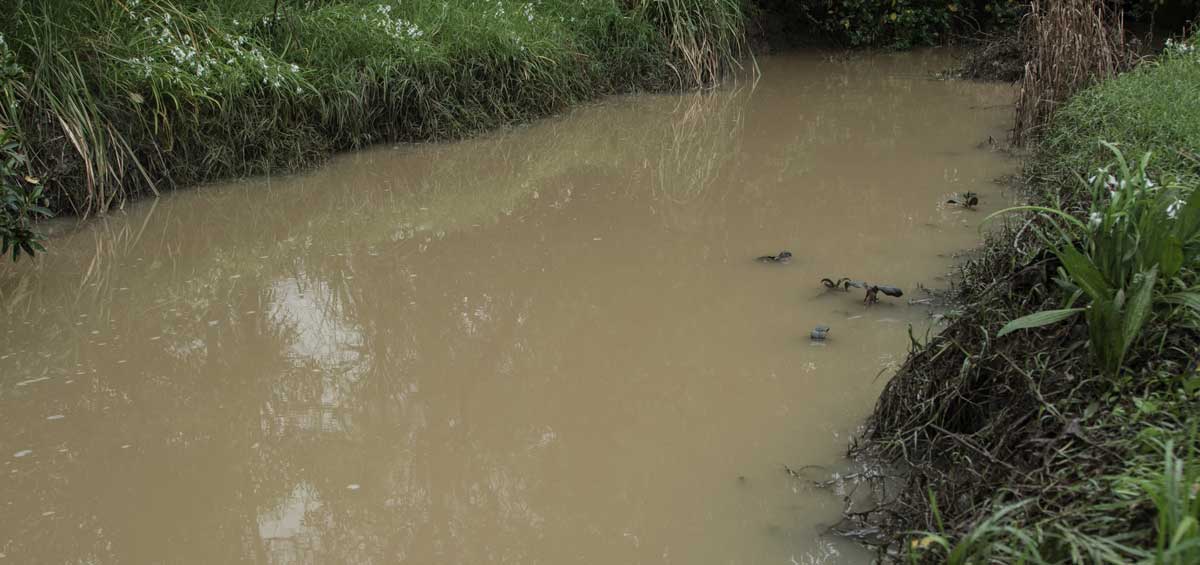
It was good to see development companies trying but unfortunately all this mud ends up smothering marine life and poisoning the Hauraki Gulf. Not such a nice development.
Ambiance Impex
This is so gross – documented here for Auckland Councils Pollution Response Team.
Location:
Please click on the thumbnails to see the full image.







The Ambiance Impex brands dumped into the stream are all branded Paradise.
 When I first noticed the dumping in March and reported it to council the dumping was not so bad.
When I first noticed the dumping in March and reported it to council the dumping was not so bad.

Even tho this site 120m from the Manukau (West coast of NZ) it flows through the Tamaki Estuary to the Hauraki Gulf (East coast of NZ).
UPDATE: 27 November.
Eight months later and the site is still sending plastic like these Paradise branded ‘cut green beans’ into the harbour. I am giving the council regular updates on the site but I don’t know how much (if any) is being cleaned up by Ambiance Impex or if its just getting washed into the ocean.

UPDATE: 23 Feburary.
Ambiance Impex still show little regard for the environment sending further plastic into the stream.

UPDATE: January 2018.
Happy to report that after constant reporting the business has finally cleaned up their act.

